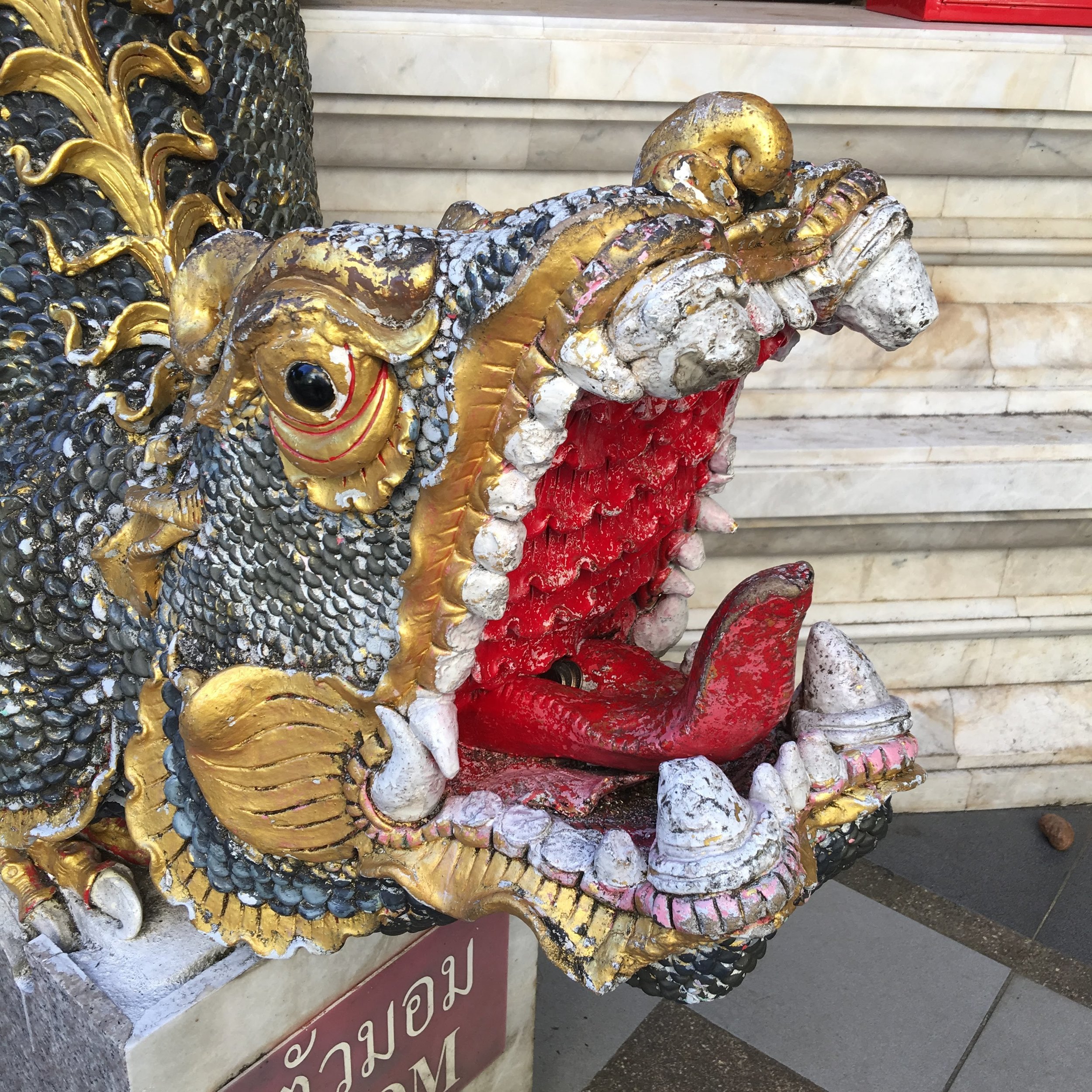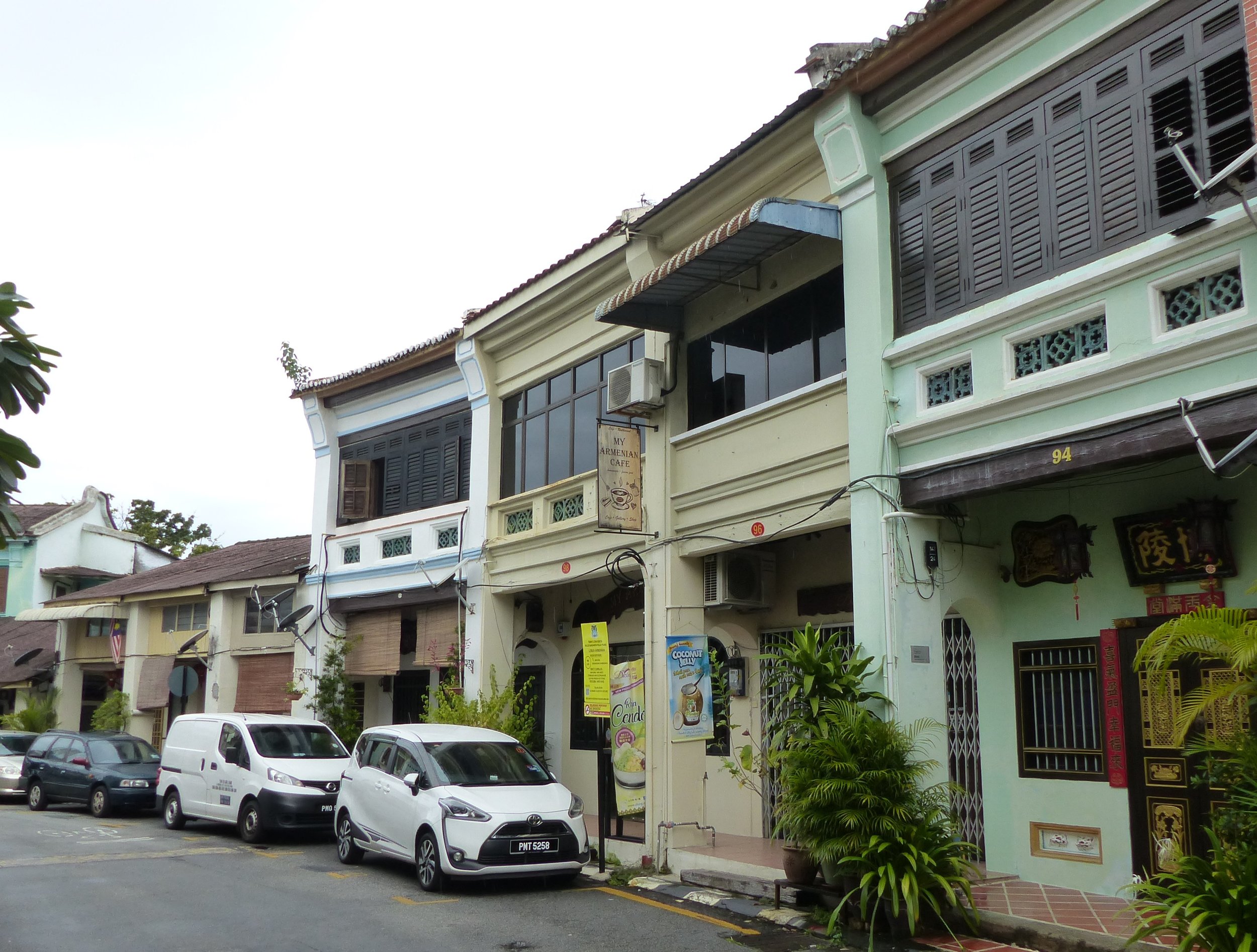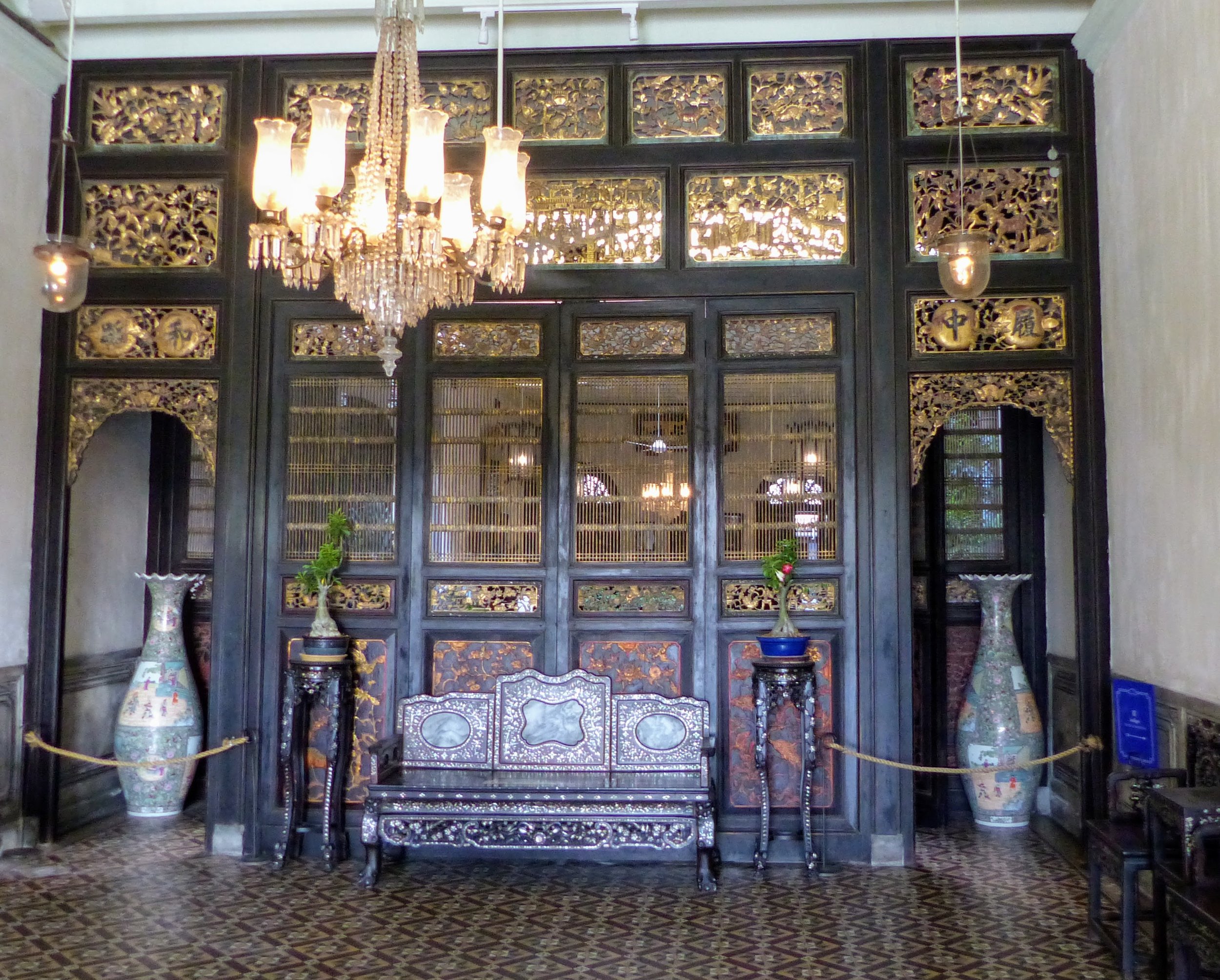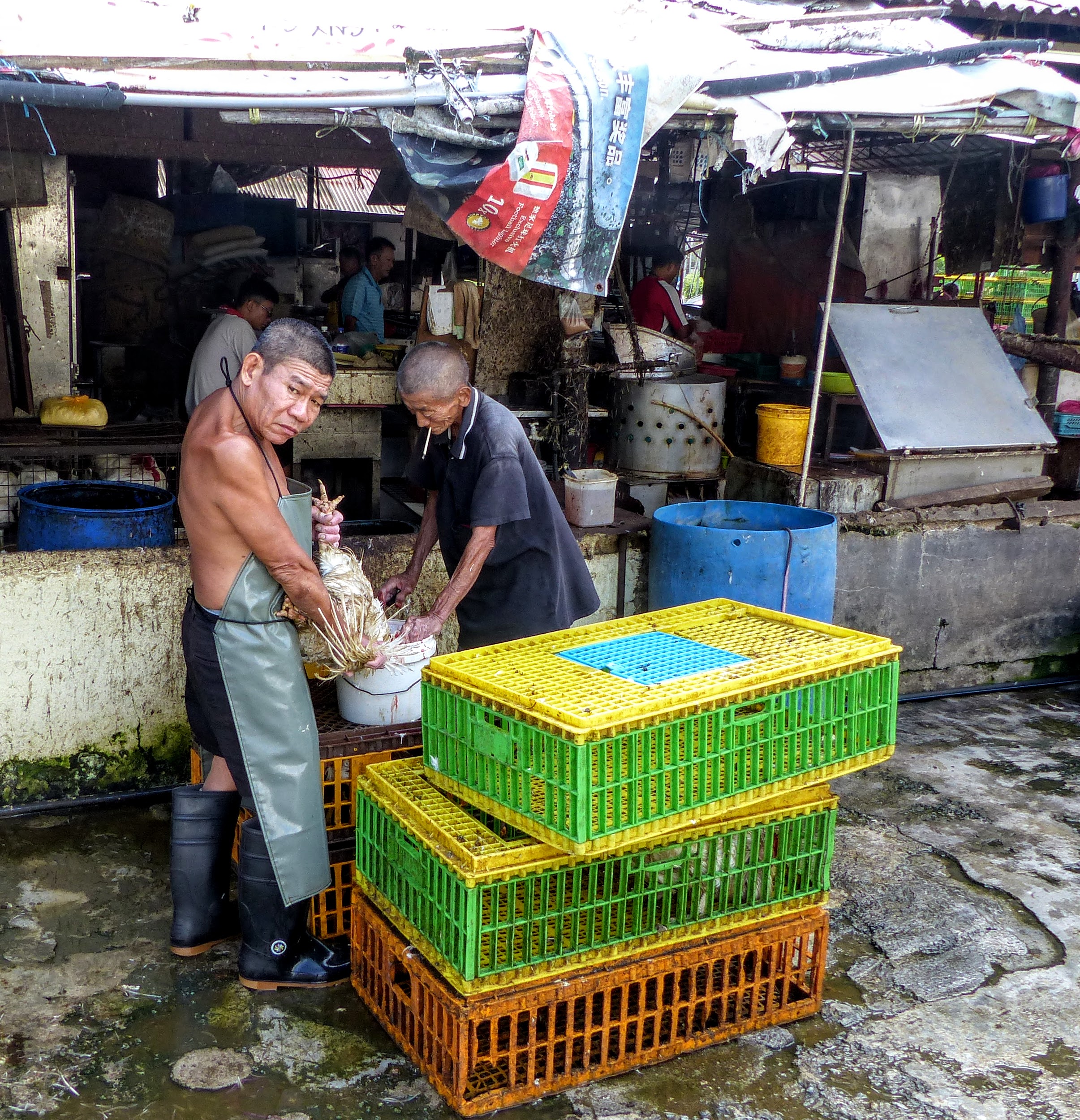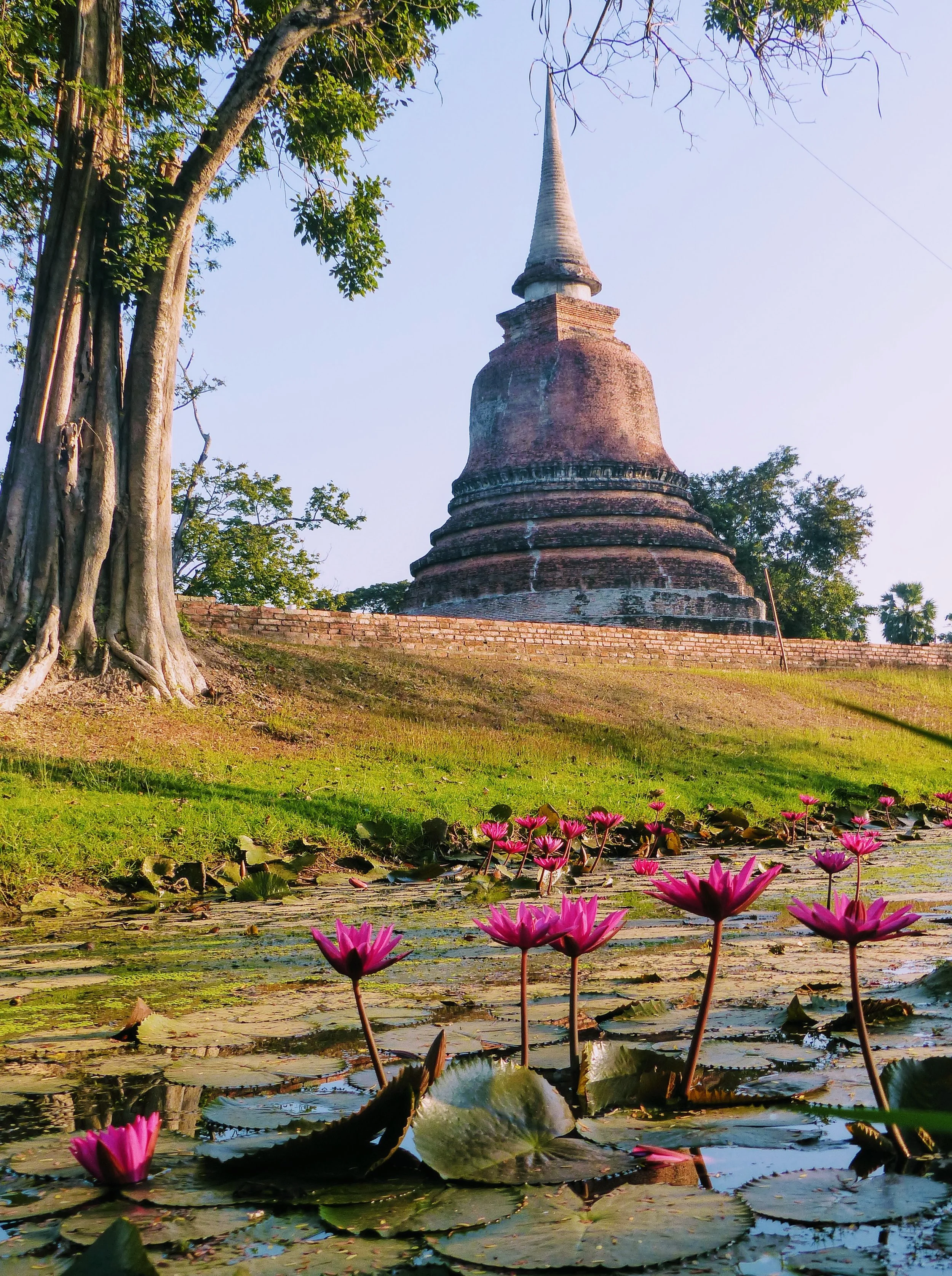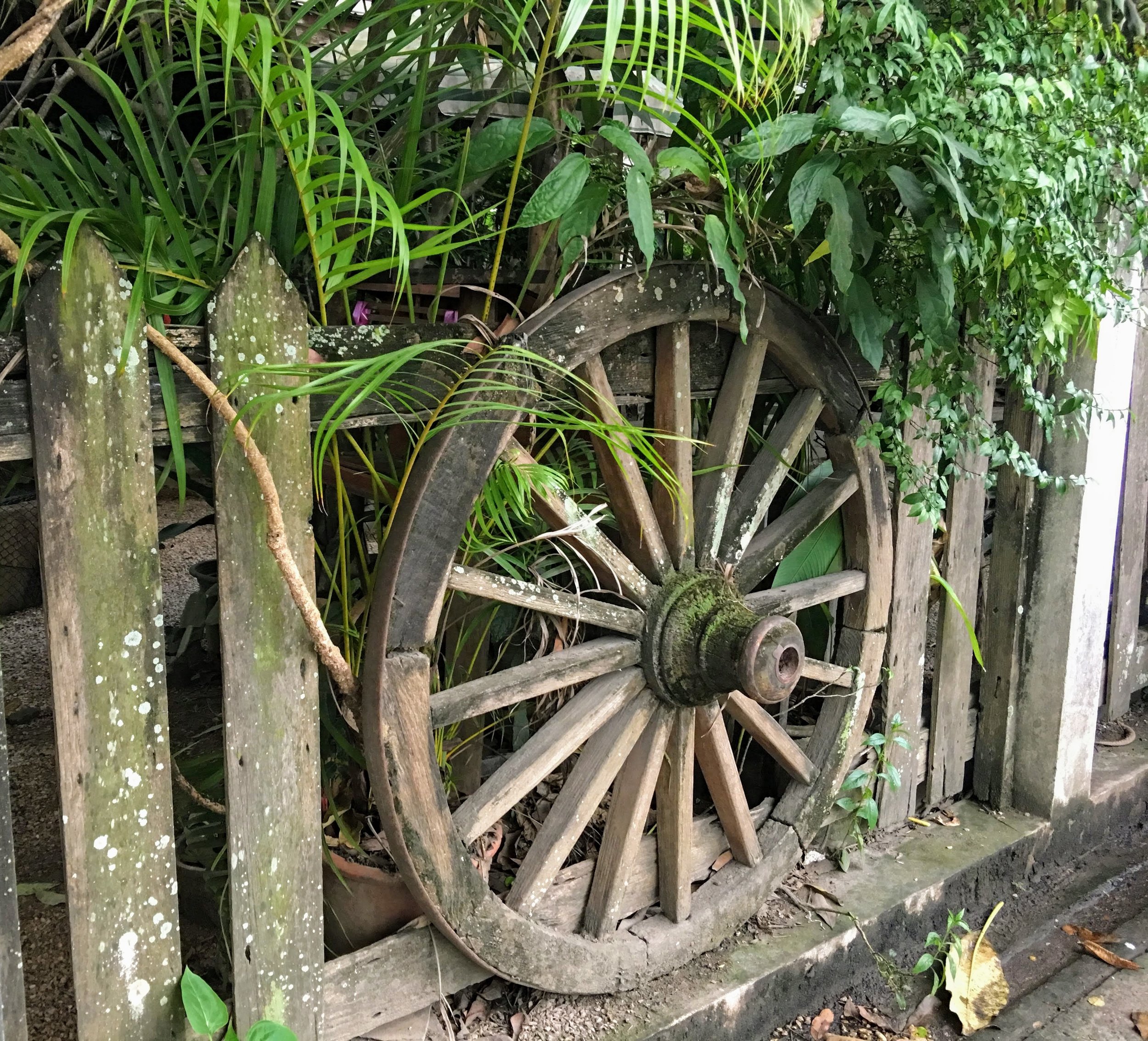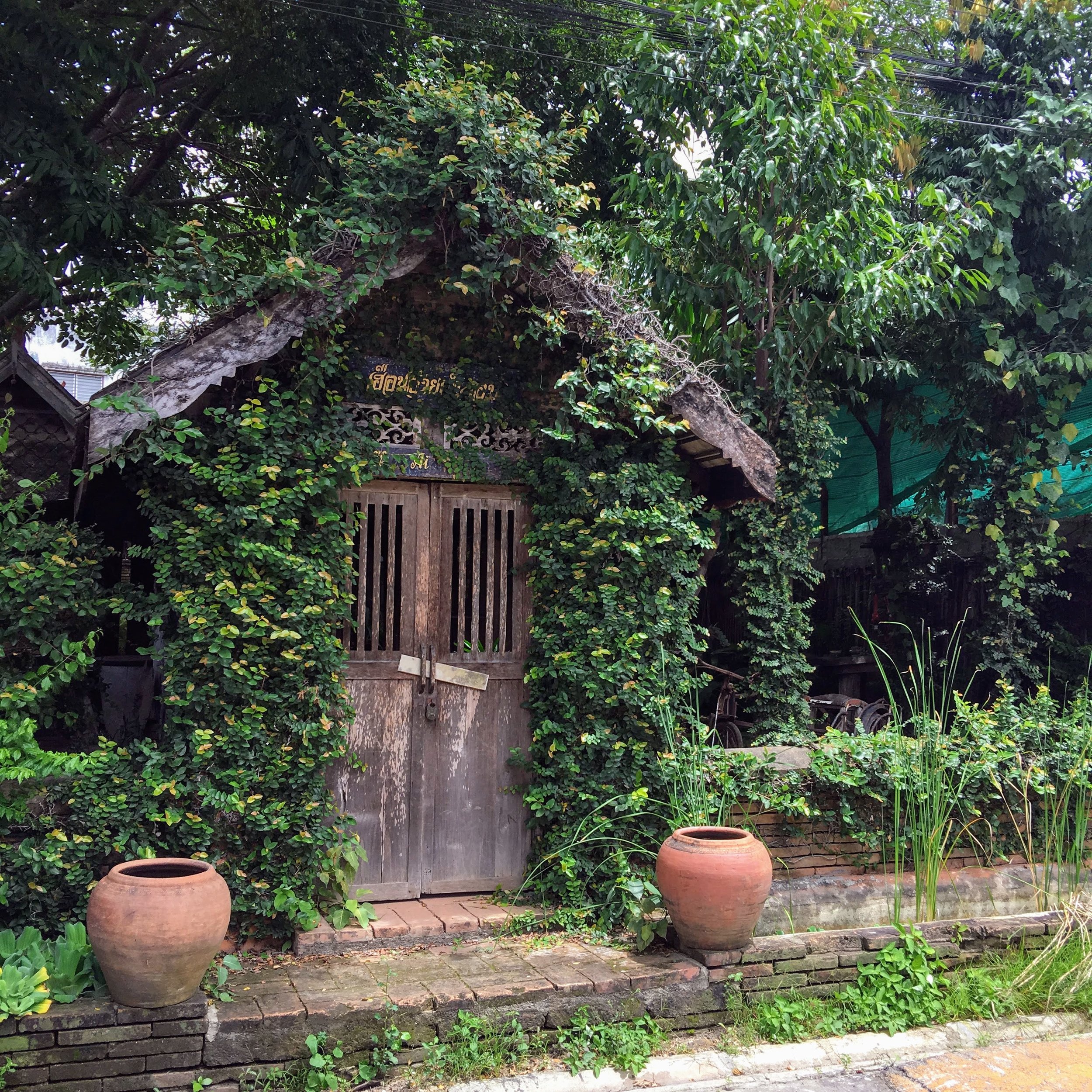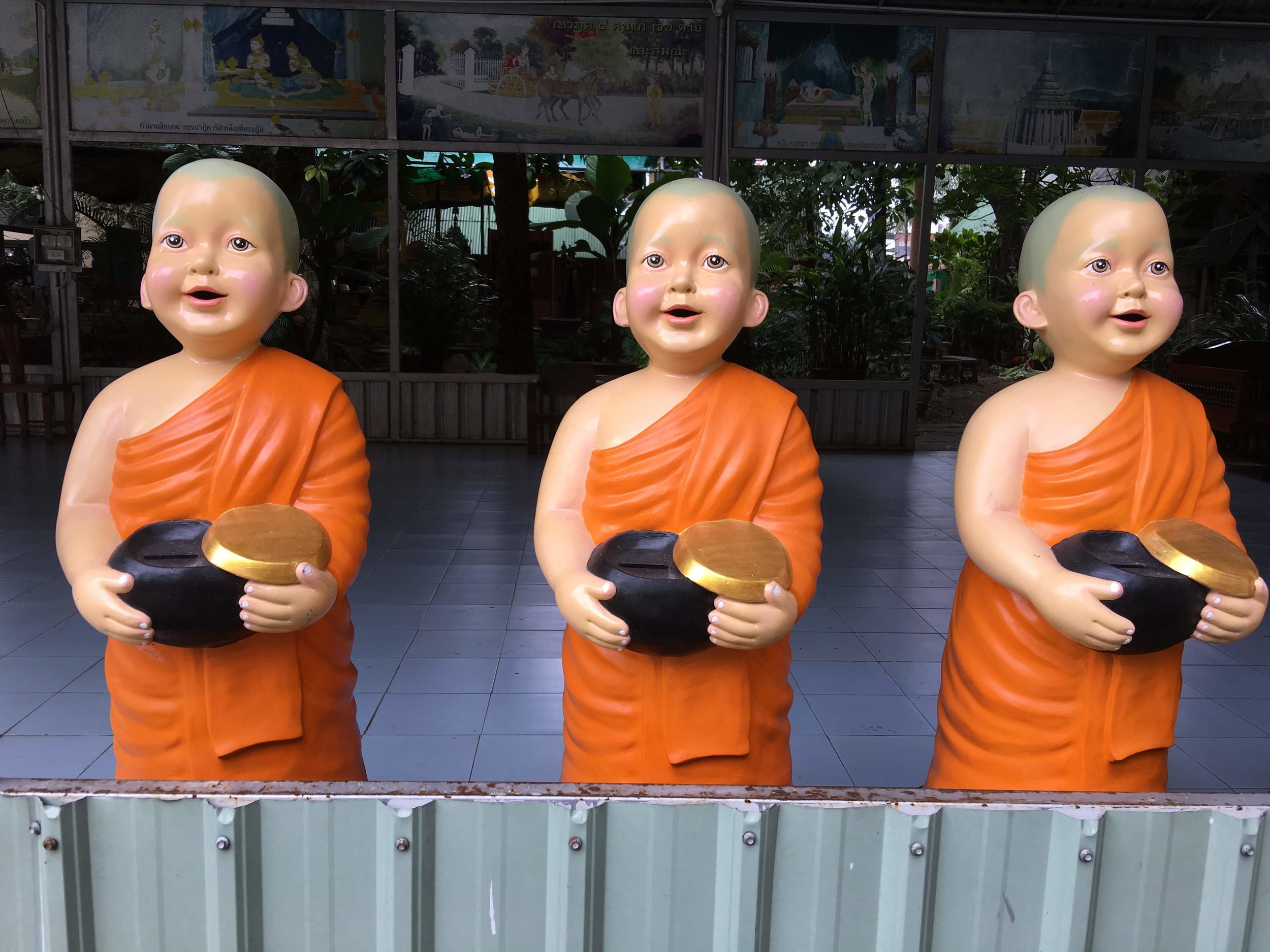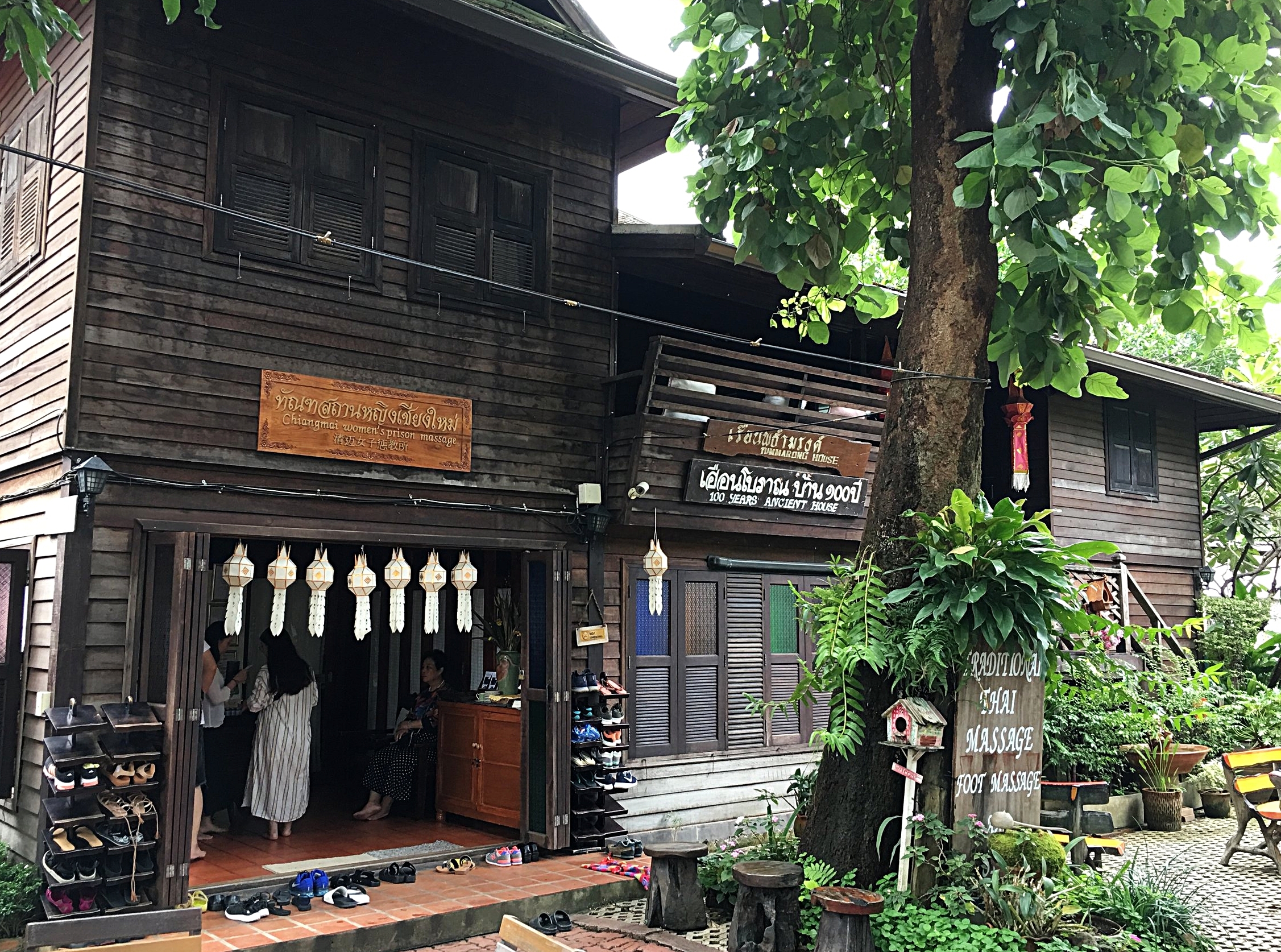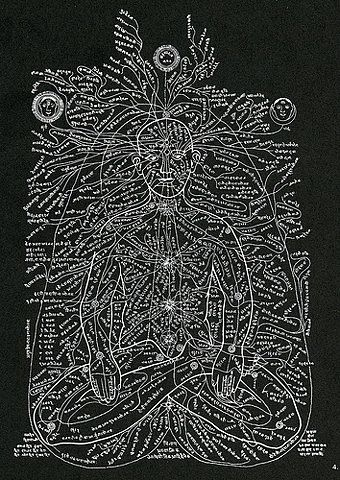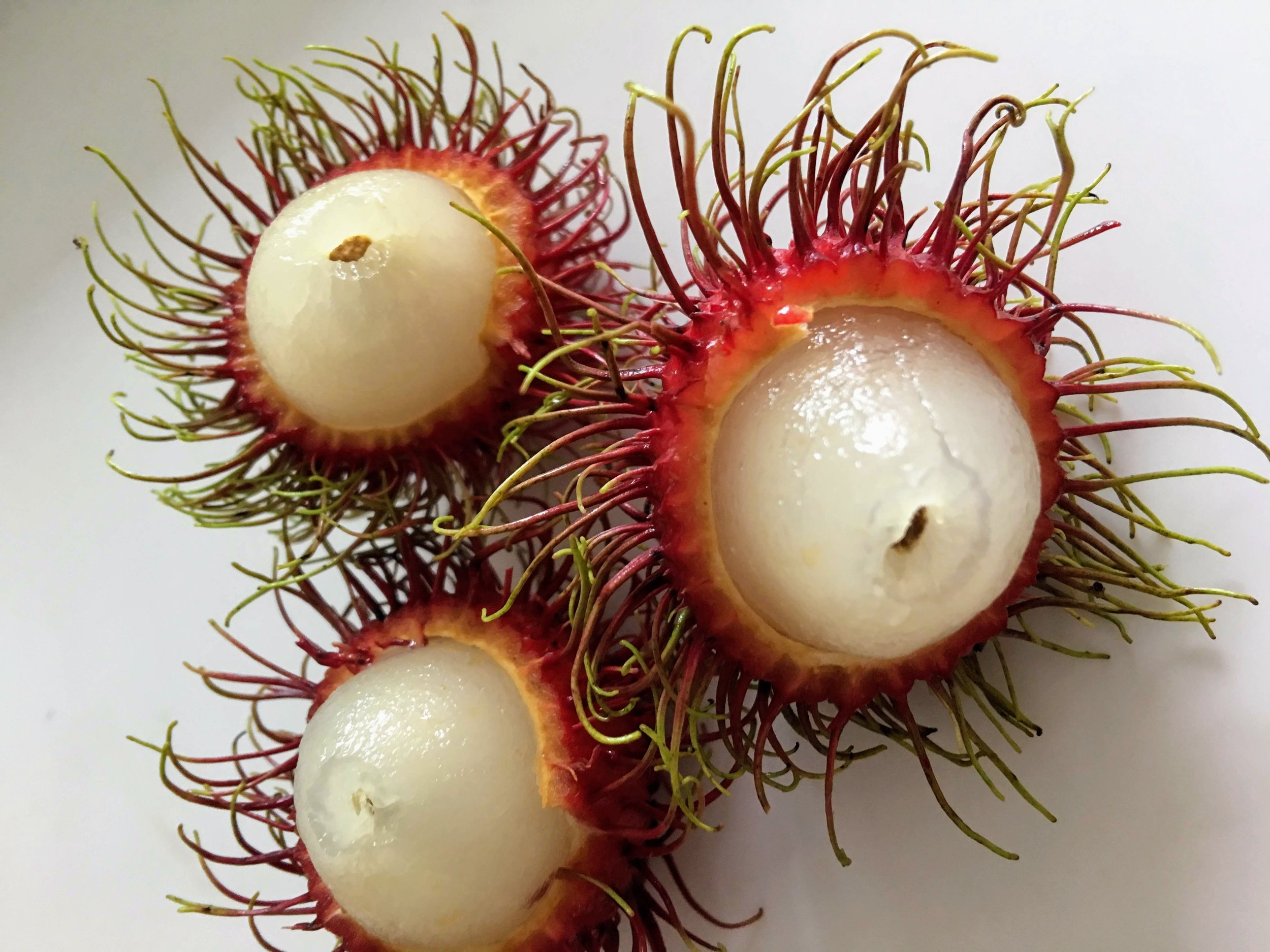Tips Accepted
George and I have become tour guides. The reason for the transition is that some of our children came to Chiang Mai to see us, and we wanted to show them around. I put together a few itineraries to highlight different parts of this city: the old and the new, as well as a little bit of Thai life, e.g., our neighborhood Santitham, touristy Nimmanahaeminda, the Old City (within the moat & walls circa 1300’s), the upscale Ping River area, Central Festival mega-mall, and others. We either walked, rode the public bus or took a GRAB. Sarah and her husband, both avid cyclists, warned us away from bicycling anymore (ref. our blog post Have Wheels. Will Travel). “Too dangerous, Mom!”
We showed them around Santitham and took them to our favorite restaurants which, since we cannot read the Thai names, we had renamed in English: “The Corner Couple”, “The Noodle Place”, “The Golden Wok or Guy with Two Wives”, and “The Coffee Kid”. We introduced them to the boba (“Bubble Tea”) couple who work their magic in a closet-size space, and to the Smoothie Girls in Siri Wattana market with whom George has fallen in love (he says it’s really they who are smitten with him and his man-bun). The highlight tour was the Women’s Correctional Institution Vocational Training Center (aka Women’s Prisoner Massage, ref our blog post The Massage is the Medium) where everyone took selfies under the “Welcome to Prison” sign. Add pickle ball, Muay Thai (boxing), a day with elephants, and the Miracle Cabaret (Lady boy musical review), and I think we all had a great time.
We thoroughly enjoyed showing them around this city we have grown to love. It should be noted that because Thai law does not allow foreigners to work here, we accepted their gratitude (no debit card needed to access the Bank of Mom) and unsolicited tips (“Dad, 2 wats max today.”)
Figures of Pra Ram (reincarnation of Vishnu) and his wife Nang Sida (reincarnation of Lakshmi) at Wat Ratcha Monthian from the Ramakien which is Thailand’s national epic derived from the Hindu Indian epic Ramayana. The epic spread to Thailand via Indian traders and scholars who came to the Sukhothai Kingdom (see our blog post Old Sukhothai).
I have visited this wat a half dozen times and it wasn’t until one of our “tours” that I noticed these figures.
Bells at Wat Phan Tao. The bell symbolizes Buddha's voice and the sound of the Dharma. Ringing the bells calls for the protection of heavenly deities and helps sustain cosmic law and order. Over each bell is the chatra (from Sanskrit meaning "umbrella" or “parasol”) which are auspicious symbols in both Buddhism and Hinduism.
Ton Lamyai is the flower market. It’s open 24hrs/day.
On the western bank of the Ping River, Warorot Market (or Kad Luang “Big Market”) started over 100 years ago as river trade grew between northern Thailand and Bangkok. Shops sell spices, prepared/dried/fresh food (sai ua (northern Thai sausage), cab moo and nam prik noom (pork rinds and green chili dip), and moo yor (steamed sausage loaf)), clothes, kitchenware, toys, cosmetics, temple goods, everything.
Central Festival mega mall has 5 floors for 300+ shops including global brands, luxury cars, ice skating rink, cinemas, and traditional markets.
in 1391 King Saen Muang Ma of the Lan Na Kingdom started the construction of Wat Chedi Luang to hold his father’s ashes. It used to hold the famous Emerald Buddha, the most revered religious artifact in Thailand (now at the Royal Palace in Bangkok). Once over 260 feet tall the spire was severely damaged by an earthquake in 1545. Some controversial reconstruction followed over the years.
One of the Buddhist realms of hell is called Maharaurava — hell of great screaming while being eaten by animals. It’s hard to imagine but the other hell realms are worse.
Wat Sri Suphan (the Silver Temple) was established in 1502 but only recently was the temple renovated to highlight the silver craft of the Lan Na Kingdom. Aluminum and nickel repoussé and chasing work create the intricate reliefs. Behind the image of the Buddha is the ordination hall (ubosot) for monks. Hence, women are not allowed to enter.
This graffiti artist had just finished his mural and agreed to pose for me.
Many tourists who visit Chiang Mai spend a day or half day with elephants—the official national animal of Thailand— feeding them, walking with them, and bathing them. More than 80 farms around Chiang Mai keep elephants as a tourist attractions. This mom and baby (named Valentino) are carefully watched over by their mahout, or trainer.
What explains the eclipses of the moon and sun?
Rahu the demon greedily sought immortality by stealing and drinking the divine nectar Amrita. Chandra demigod of the Moon and Surya (the Sun) saw Rahu swallow and immediately informed Lord Vishnu who instantly cut Rahu in half (as the nectar almost reached the demon’s stomach) and flung the immortal upper half into the sky. Driven by eternal revenge Rahu tries repeatedly to devour Chandra and Surya. But because Rahu has no body, the Moon and the Sun always escape.















